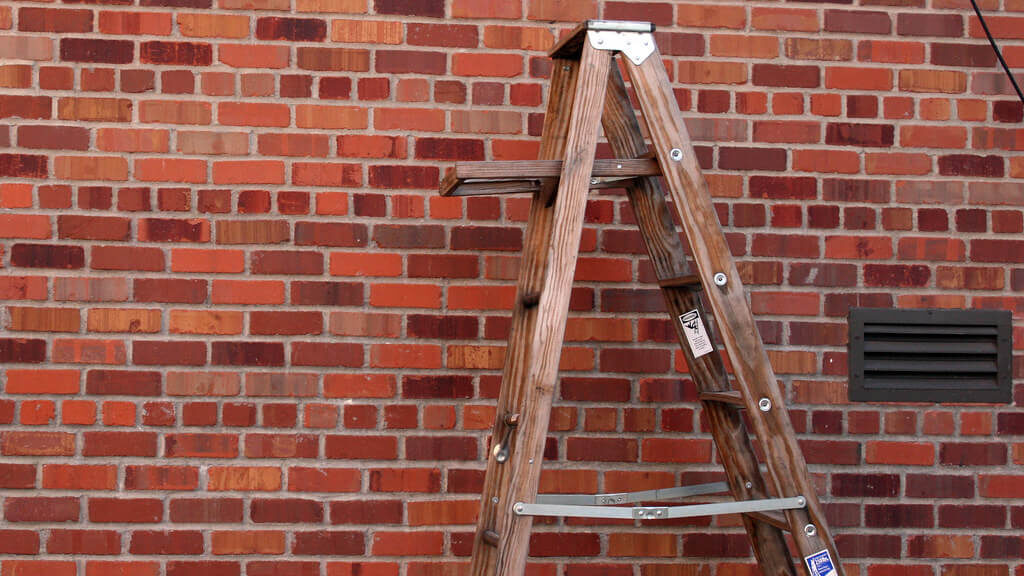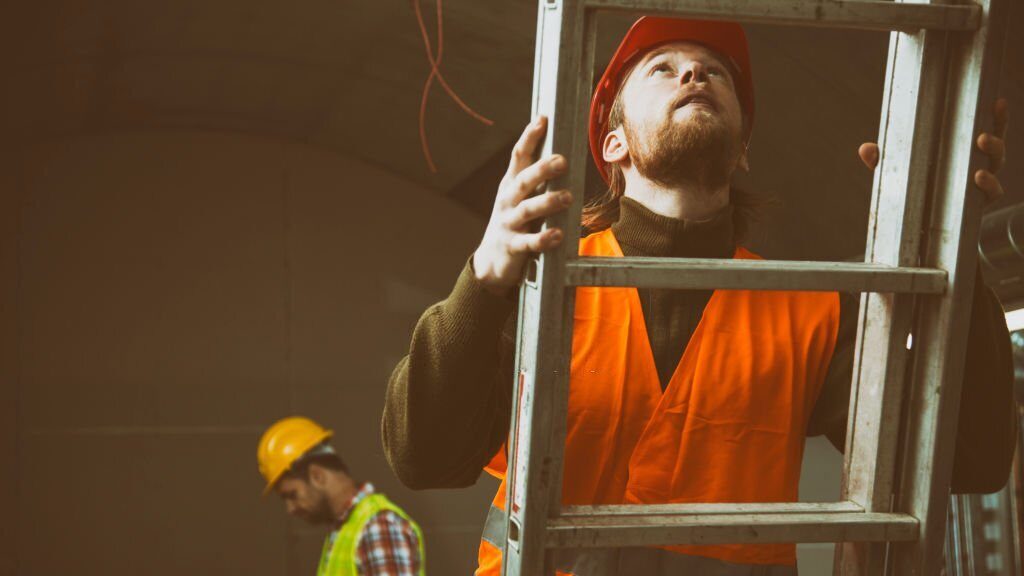In the UK, 515 ladder injuries were reported in 2021. As per HSE research data, on average, 14 people die every year due to falling from ladders.
That’s why it is essential to follow the ladder inspection checklist before you use it.
But what does it mean by ladder safety inspection? And is it premises by law in the UK?

Well, if you’re searching for ladder inspection, then here is your quick answer:
The ladder inspection checklist is mainly based on the appearance and condition of your ladder. It is essential to check the safety requirements every time you use it.
The safety checklist emphasises checking the rungs, safety coating, anti-slip feet and weight limit.
Keep in mind that these requirements are for your own security. It may differ depending on domestic or industrial usage.
That’s why we have done detailed research to guide you properly. So, sit back and keep on the essential information you must know.
Why Does It Matter?
In one way or another, ladders are primarily associated with construction. All the equipment that is being used for construction is broadly categorised as a part of the scaffold system in the UK.
The scaffold inspection requirement is checking it after every seven days and before every use.
How Often Should Ladders Be Inspected?
Ladders must be inspected once every week. Keep in mind that you need to ensure the safety requirements before every use.
Rungs of telescopic ladders for caravans or lofts must always be checked before you use them.
We strongly recommend you never use your free ladder if you notice any visible defects, bent, or cracks.
Ladder Safety Inspection Checklist
As mentioned earlier, these requirements are for your own safety. So, whenever you’re doing an inspection, look for the following:

1. Visible Damage On Feet
Ladder feet balance your weight. So the first thing you should ensure is stability and even anti-slip rubber coating.
Never compromise on the visible damage. Never use your DIY techniques to use an uneven or cracked ladder.
Ensure that the stiles are straight and not dangling.
2. Bent Or Loose Rungs
Any loose or bent rung can be fatal. You need to be even more careful while using the telescopic ladders, as they should auto-lock.
Mostly loft ladders with handrails have a D-shaped rung with rubber coating. So the anti-slip coating must be sturdy and should not be worn out.
If there is a minor dent in the rung, then you can use it but make sure to follow other safety requirements.
3. Cracked Joints Or Rivets
Industrial step ladders that are over 10m high mostly have a diagonal joint connecting the stiles. Its purpose is to keep your weight balance even.
We strongly advise you never to compromise on the cracked joint or rivets. As it is one of the potential reasons for ladder injury.
4. EN131 Class Certificate
EN131 ladder standards are not a legal requirement. But it is essential for safety. In the UK, most manufacturers make ladders that are compatible with the EN131 certificate.
This rating assures that the ladder you are using can bear 150kg weight on it.
That’s why it is highly recommended to never use a ladder that doesn’t match the EN131 standards.
5. Rust Or Moisture
If your timber ladder is not propeller stored, it can have high moisture trapped in it. This results in a crack when you climb on it.
Similarly, rust can break the metal ladders. Industrial ladders with high moisture also have a threat to electrical conductivity.
6. Ladder Angle Placement
The rule of thumb is the ladders must always be placed at a 75 degrees angle. So, while using it, always place it at an accurate angle.

For the best outcome, you should follow the angle of the ladder. If you need to use your ladder for over 3m, then you should ask someone to hold it tightly for additional security.
Wrapping It Up!
Before you use the ladder, always ensure that there are no visible defects. The rungs must not be worn out or have any bent.
The ladder inspection checklist is for your own safety. So never compromise it. Always do a detailed checkup at least once a week.
We hope that this article helps you to understand the ladder safety standard more clearly. In the meantime, be happy and keep on chasing your dreams!

Comments are closed.